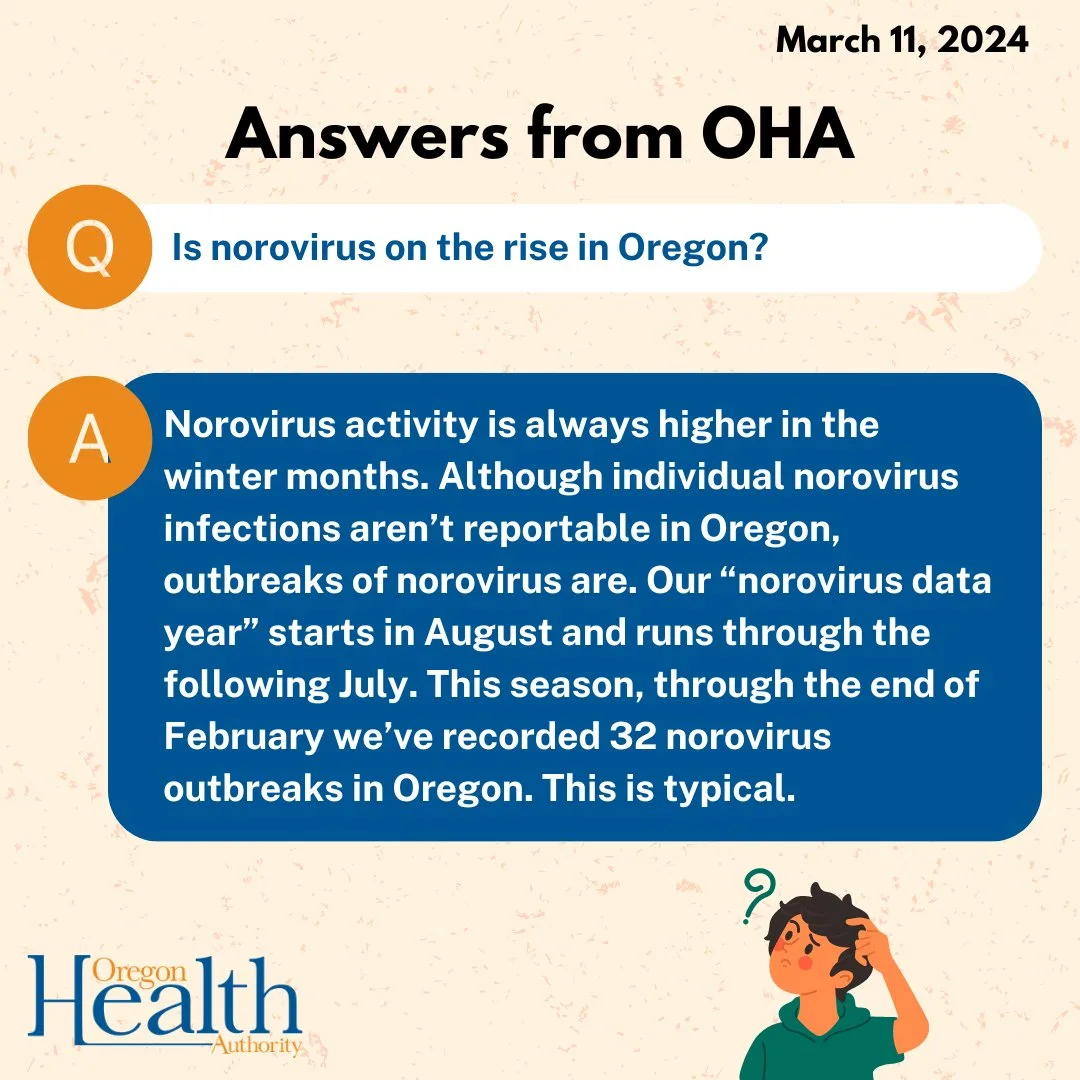As the winter season progresses, health officials have reported a significant increase in norovirus cases across the United States. Norovirus, often referred to as the stomach flu, is notorious for causing gastroenteritis, leading to symptoms such as vomiting, diarrhea, and abdominal pain. According to the Centers for Disease Control and Prevention (CDC), norovirus is the leading cause of gastrointestinal illness in the U.S., resulting in an estimated 19 to 21 million illnesses annually. In recent weeks, reports have indicated a spike in infections, particularly in areas with higher populations and close living quarters. Dr. William Schaffner, an infectious disease expert at Vanderbilt University, noted, “Norovirus spikes during the winter months, particularly after holidays when people gather and share food.” Experts emphasize that the virus spreads rapidly in settings like schools, nursing homes, and cruise ships, with transmission occurring through contaminated food, surfaces, or direct contact with infected individuals. Health authorities urge everyone to maintain proper hygiene practices, including regular handwashing and disinfecting surfaces, to prevent further outbreaks. The CDC has also advised that people experiencing symptoms stay home and avoid food preparation for others until at least 48 hours after recovery. With an effective vaccine still in development, public awareness and preventive measures remain crucial as the country faces this winter wave of norovirus.
Surge in Norovirus Cases Across the U.S.: Symptoms, Risks, and Prevention Measures














